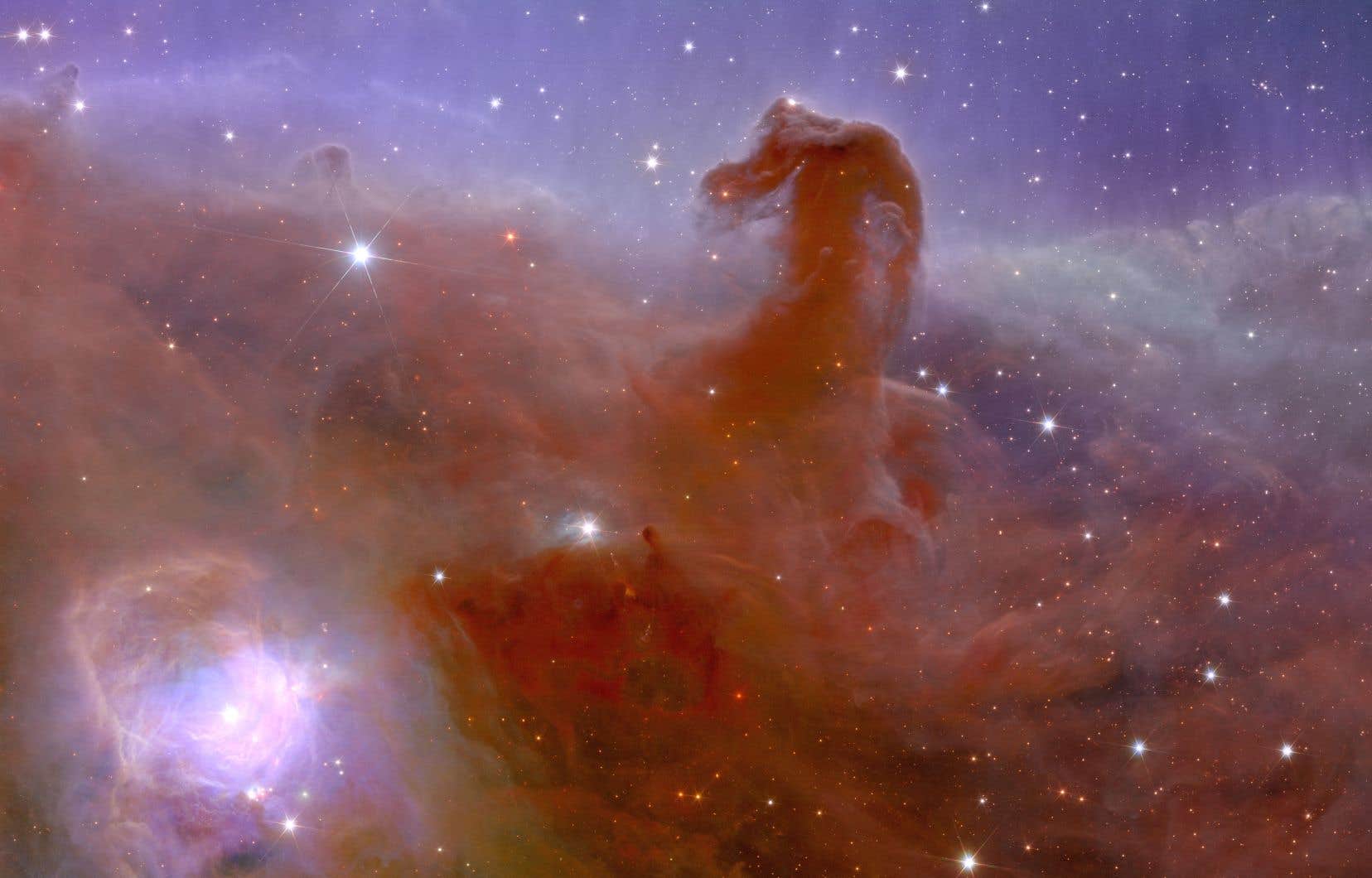Europe’s Euclid Space Telescope released its first images on Tuesday, revealing a dazzling Horsehead Nebula, never-before-seen distant galaxies and even “indirect evidence” of the existence of elusive dark matter.
Euclid set out in July on the world’s first mission to explore the cosmic secrets of dark matter and dark energy.
It does its job by mapping a third of the sky to create what is said to be the most accurate 3D map of the universe.
After joining another space telescope, the James Webb, at an observation point about 1.5 million kilometers from Earth, the European probe began sending its first observations, announced Tuesday at the European Space Operations Center in Darmstadt.
Five “stunning” images, reacted Josef Aschbacher, head of the European Space Agency (ESA), and congratulated the “more than 3,600 people” involved in the mission. In a message from Seville, where a space summit is taking place, he welcomed “an important step for European science and research.”
Among the photos is an image of the Horsehead Nebula in the nearby constellation Orion, a dwarf galaxy, another hidden galaxy…
For René Laureijs, the project’s scientific director, the most “exciting” image is that of the Perseus Cluster, a distant collection of more than a thousand galaxies.
Because in the background there are more than 100,000 other galaxies, some of which are 10 billion light-years away and have never been observed before.
The peculiarity of Euclid is that he has a wide field of vision “unprecedented in the history of astronomy”, with James Webb “looking at the sky through the eye of a needle”, particularly to explore the early ages of the universe , explained AFP Jean-Charles Cuillandre, astronomer at the Atomic Energy Commission (CEA), member of the Euclid consortium.
Thanks to this comprehensive view, the telescope, equipped with two devices (optical and near-infrared), manages to capture such large images with “extreme precision,” emphasized Carole Mundell, scientific director of ESA. Everything was very quick: the first five pictures only took about eight hours.
ESA calls Euclid its “dark universe detective,” tasked with investigating why 95 percent of the cosmos appears to be made up of dark matter and dark energy, about which we know almost nothing.
Dark matter is attractive and acts as a glue for galaxies, preventing stars from being ejected. Dark, repulsive energy “is the driving force behind accelerating the expansion of the universe,” explains Carole Mundell.
According to René Laureijs, Euclid’s first delivery has already provided “indirect evidence” for the existence of dark matter. It was “surprising” that the probe did not discover any stars behind the globular cluster NGC 6397 – a conglomerate of stars. “One of the theories is that dark matter could exist.”
The European mission must last at least until 2029.

